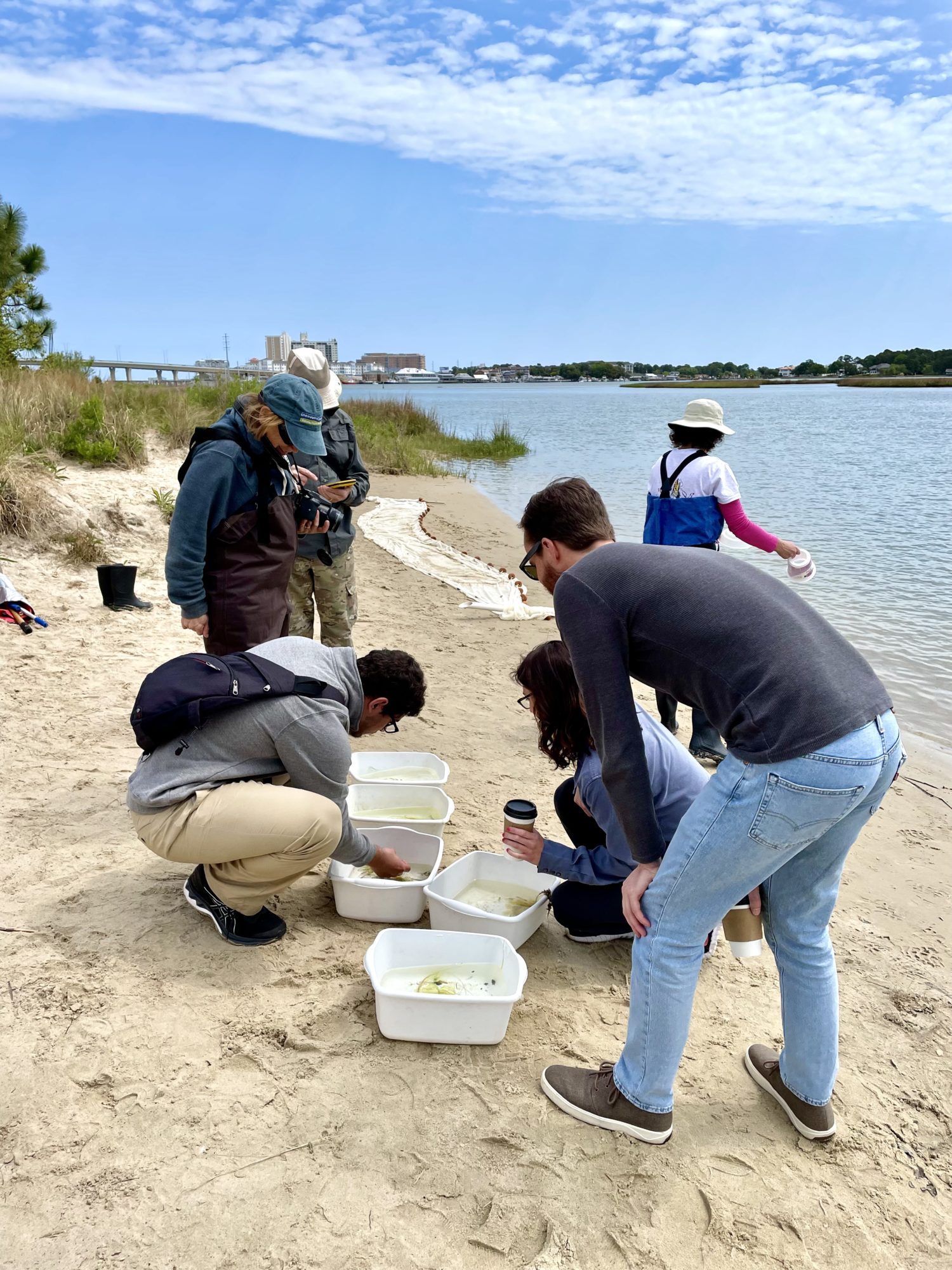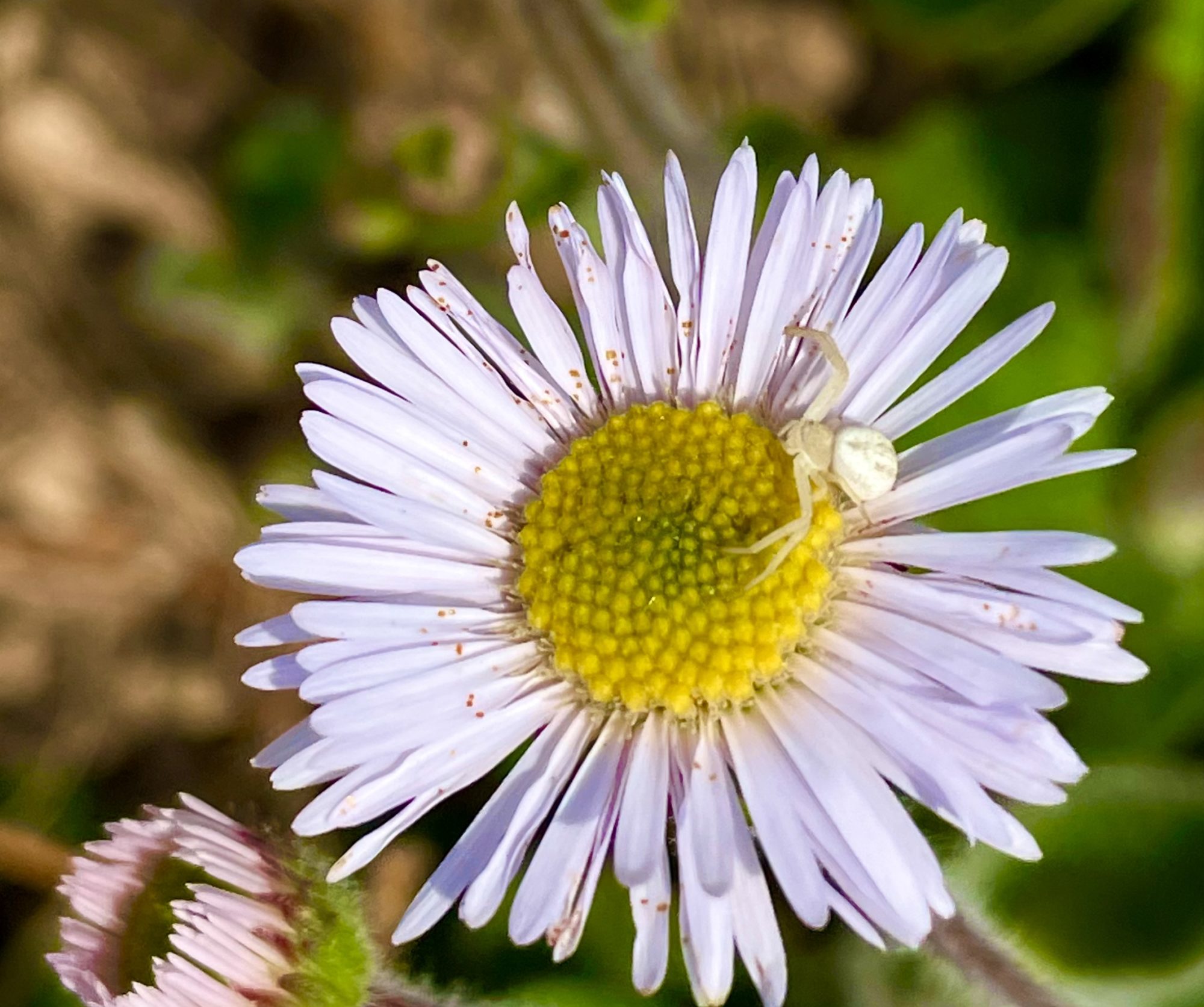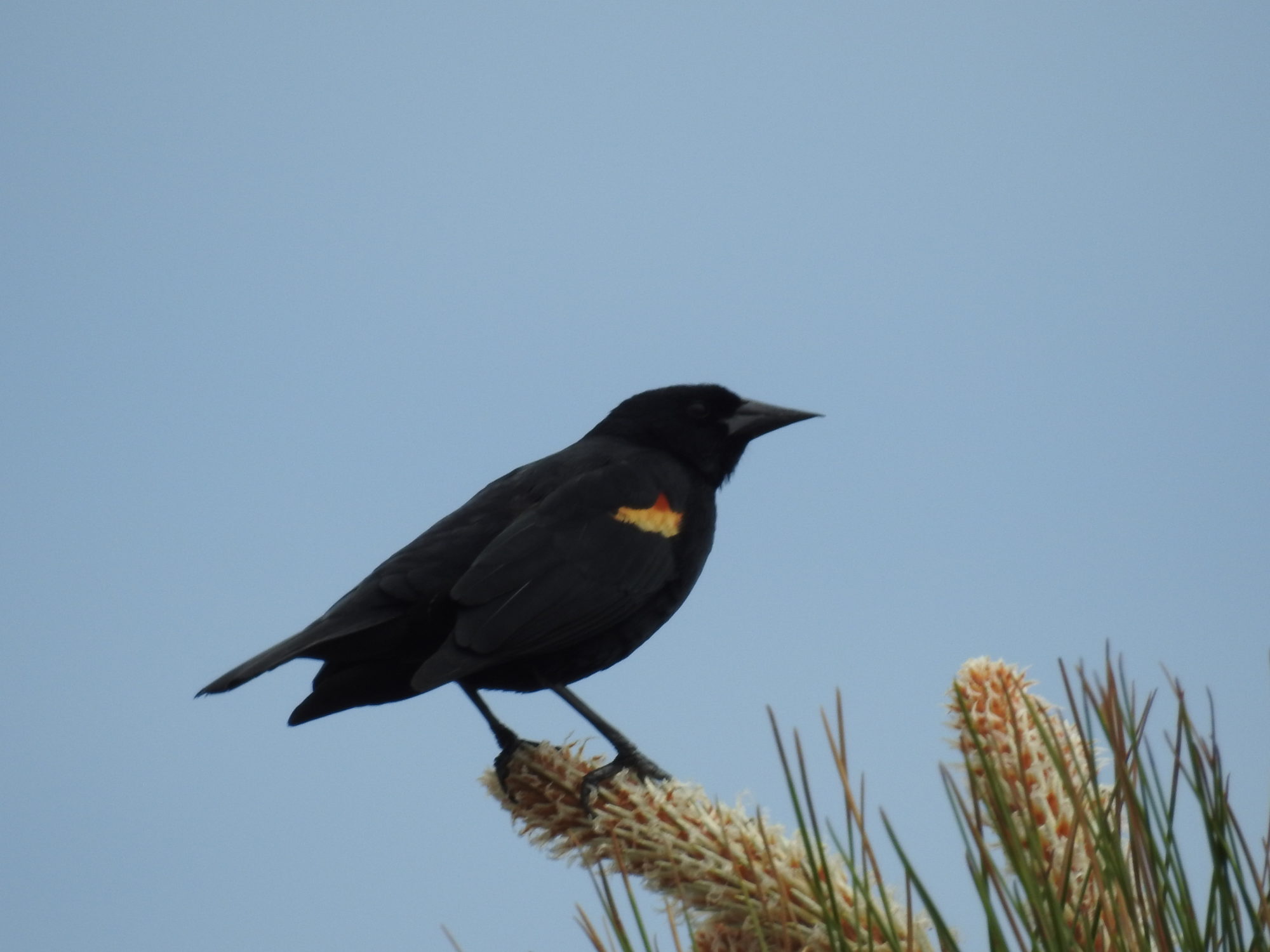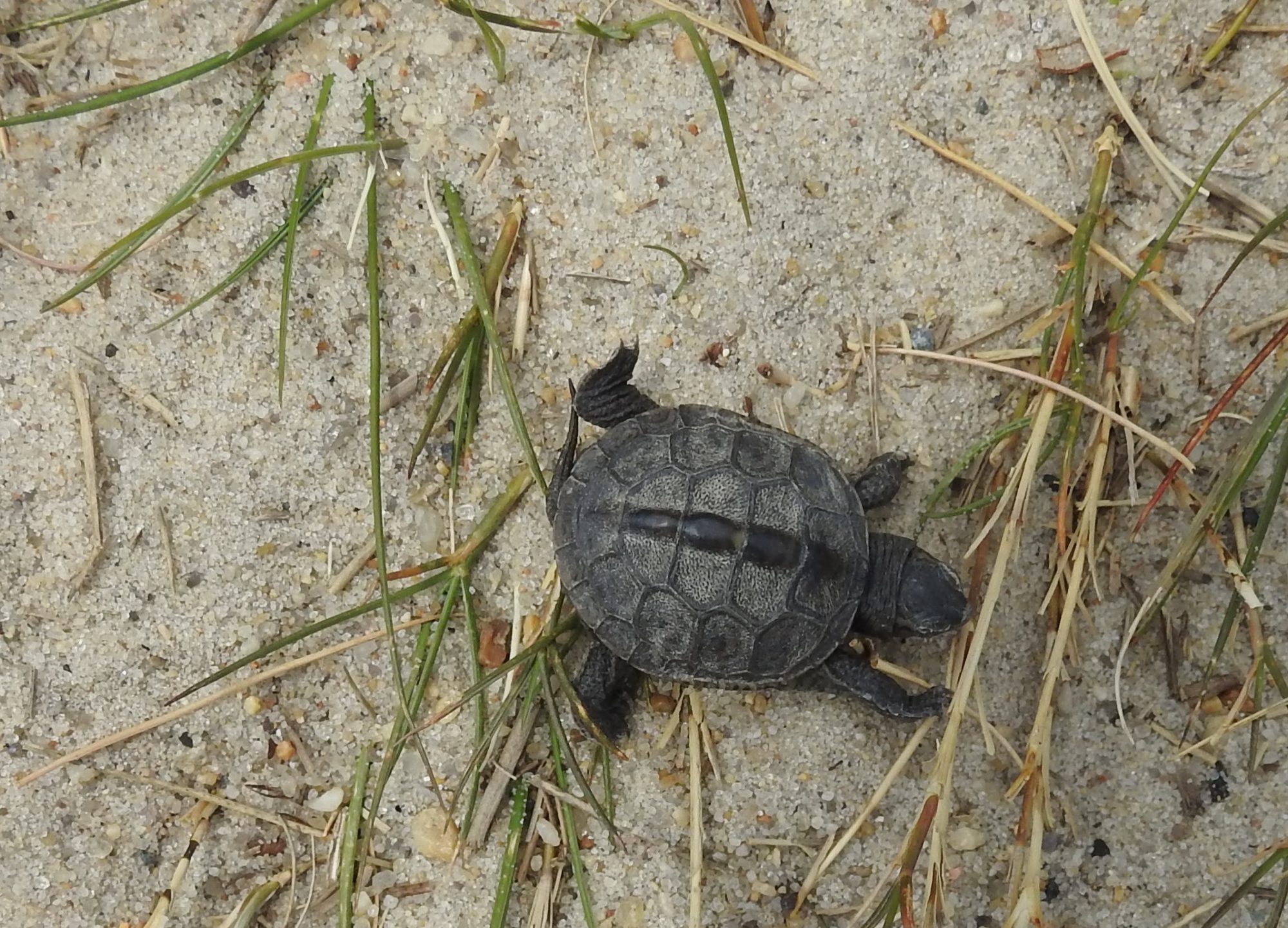
By Mary Reid Barrow
A beaver in the Lynnhaven River?
Yes!

These big flat-tailed animals are known to live and build their dams in freshwater environments, but LRNow education coordinator Jody Ullmann
photographed a beaver actually swimming fairly close to Lynnhaven Inlet last weekend.
Were it not for the Virginia Beach participating in its first City Nature Challenge, a beaver in the salty river waters might have gone unnoticed. But it turned out to be the kind of siting that makes an event like a nature challenge especially exciting.
Jody, who also is president of the Tidewater Master Naturalists, led volunteers on searches for animals around Pleasure House Point as part of the challenge Saturday. Other Master Naturalists, students from the City’s Environmental Studies Program at the Brock Center and LRNow volunteers participated.
Volunteers documented what they saw by uploading photos to the iNaturalist app that also was the repository for sightings from other city nature challenges round the world that weekend. They found everything from tiny spiders, to flowers, birds, and sea life brought up in seine nets and crab pots. And the beaver!

“The best surprise was what we thought was a muskrat turned out to be a beaver,” Jody said.
Citizens were encouraged to participate in the Nature Challenge, whether in their neighborhoods or in a park or in more formal events, such as the one at Pleasure House Point, sponsored by LRNow and the master naturalists, or one in Marshview Park, sponsored by the city.
“The more people that participate, the more you can find,” Jody said.
As for the beaver, Jody first thought she had photographed a muskrat or a nutria far out on the water. But when she enlarged her photo, she saw the beaver’s characteristic tail. Nutria and muskrat tails are slenderer. In researching beaver habitat, Jody learned that beavers are been sighted in brackish marshes recently.
The City Nature Challenge is an international event, run by the Community Science Team at the California Academy of Science and Natural History Museum of Los Angeles County. It occurs over a four-day weekend at the end of April.
Over time, bio blitzes, such as these, held on the same weekend of the year, year after year, give a broad picture of what species of animals live in an area and the relative stability of their populations.
To see more of what was found at Pleasure House Point Saturday, download the iNaturalist app. Click on Explore. Type in the location, Pleasure House Point, and click on the triple line icon to scroll through the observations. Here are two more observations:
| Red-winged blackbird by Stuart McCausland
|
Diamondback terrapin baby by Jody Ullmann
|
Send email to maryreid@lrnow.org

